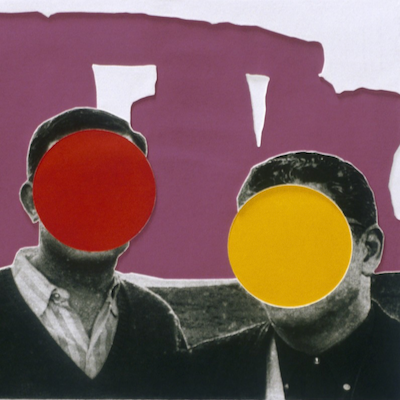Marc Quinn
Marc Quinn (UK, 1964) is a contemporary artist known for exploring themes of identity, nature, and the human condition. Working across sculpture, painting, and installation, his notable works include Self, a sculpture of his frozen blood, and Alison Lapper Pregnant. Quinn’s art often provokes dialogue on physicality and transformation.
- Recently Added
- Price (Low-High)
- Price (High-Low)
- Year (Low-High)
- Year (High-Low)

Artwork by John Baldessari
What is conceptual art?
Sometimes referred to as Conceptualism, this is an art form where the idea(s) or concept(s) behind the work take precedence over material concerns and traditional aesthetics. Many conceptual artworks can be created by anyone simply by following written instructions. The concept or idea is the most essential aspect of the artwork.


















